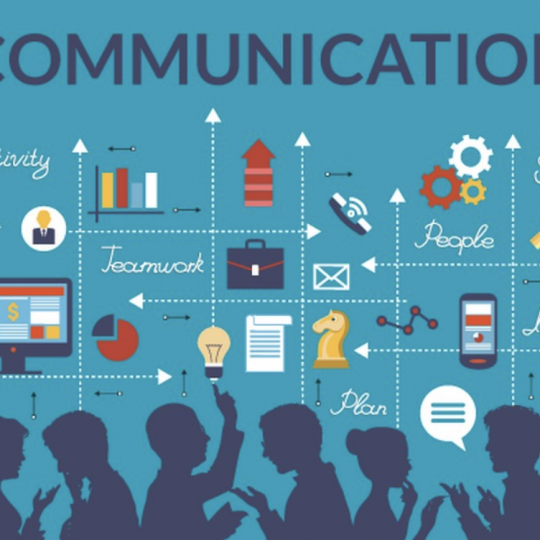What is it?
Typically, when people refer to “communication,” they mean “what we say,” or the actual words that are exchanged. However, there is much more to interpersonal communication than the literal meaning of words and the content of the message they carry. This also includes unintended or intentional nonverbal cues conveyed through one’s actions rather than words.
The distance between the speakers is also a form of non-verbal communication, as are facial expressions, the tone and pitch of the voice, kinesics movements, and body language (proxemics).
Eye contact, facial expressions, gestures, posture, and body language are all examples of nonverbal communication platforms. Sending and receiving messages without the use of verbal or written language constitutes nonverbal communication, often known as manual language. Just as italics highlight specific words or phrases in written text, so too can nonverbal cues highlight key points in spoken exchanges.
What is it important?
Every day, in both our personal and professional lives, we exchange literally thousands of nonverbal cues. According to Salesforce’s research on interpersonal communication, 93 percent of communication is non-verbal.
We can learn a lot about how to approach a person or group of people, what emotions they could be experiencing, how they process information, and more from their nonverbal cues. Knowing how to recognise and interpret nonverbal cues is a talent that will serve you well in any professional setting.
Trust, clarity, and rapport are all bolstered when nonverbal cues are consistent with what you’re saying. Inadequate communication can lead to stress, mistrust, and confusion.
Learning to read your own body language and other nonverbal signs as well as those of others is crucial if you want to improve your communication skills.
Type of non verbal comms
o Facial expressions.
o Body movement and posture.
o Gestures.
o Eye contact.
o Touch.
o Space.
o Voice.
o Personal spac
o Appearance
o Objects:
How to be good at non-verbal communication
Pay close attention to what the person says/Pay Attention to Nonverbal Signals
- Maintain comfortable eye contact/Use Good Eye Contact
- Focus on Tone of Voice
- Maintain an open body position
- Use Signals to Add Meaning
- Cultural orientation/Strengthen your cultural intelligence
- Focus on your facial like having smile during work
- Maintain good posture
- Wear appropriate attire
- Respect personal space
- Reduce stress
- When in doubt, mirror the other person.
- Build your emotional intelligence
- Develop active listening skill
Finally practice, practice, and practice your non verbal Communication.





